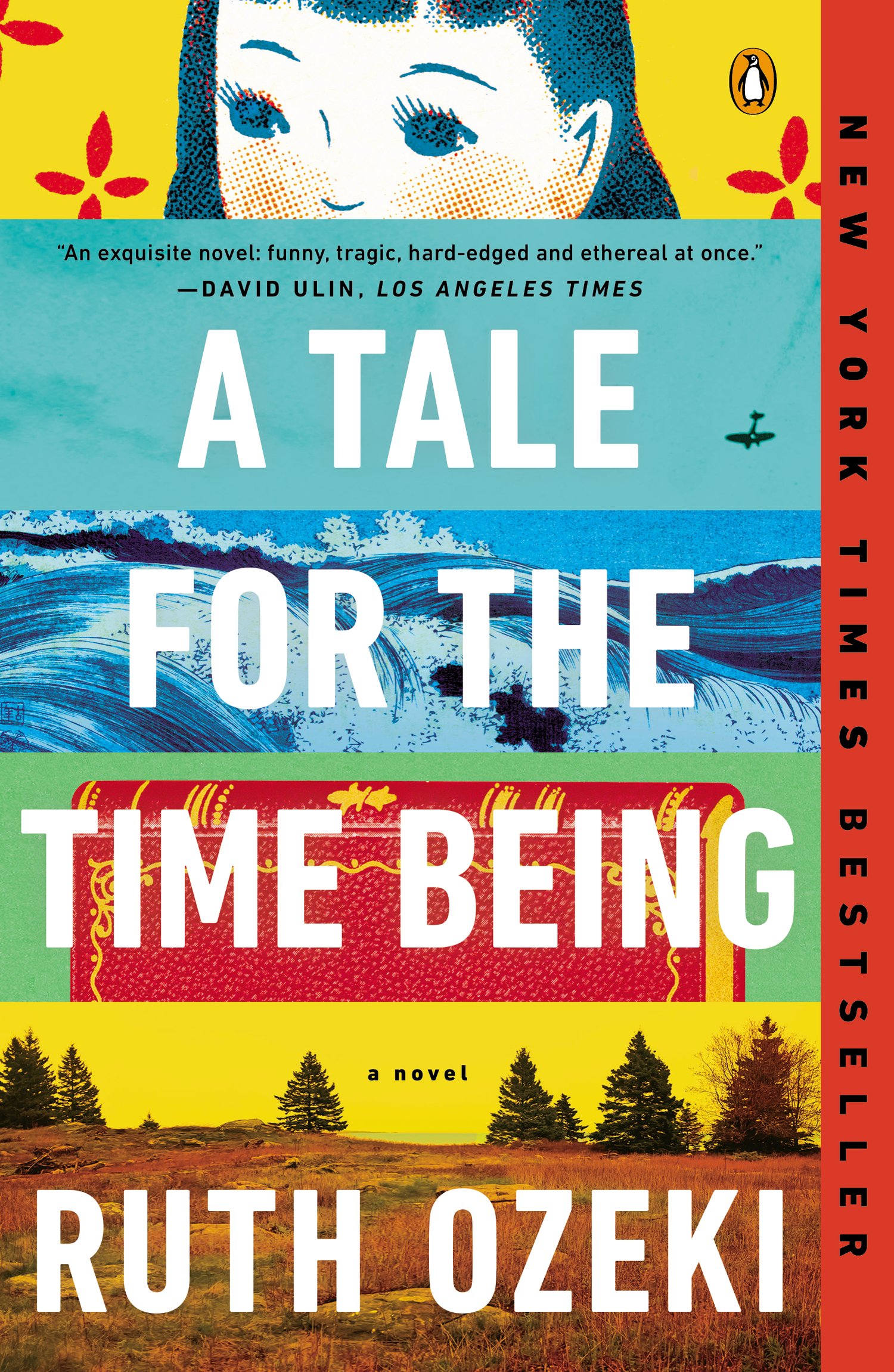We all filed into the Espresso Bar, lattes in hand. We found our seats and were not quite sure what kind of yarn Kelly Link was going to spin for us tonight. All we knew was that we were in the same room with Kelly Link, and that was good enough.
After an exuberant introduction by U-M lecturer Raymond McDaniel, Kelly Link took to the podium. She read a story entitled “I Can See Right Through You” (which you can read right here) from her newest story collection, “Get in Trouble.” The story involves ouija boards, mystery, jealousy, demon-lovers, and aged actors famous for playing a vampire a long while back. Although I can appreciate Link’s innovative narrative techniques, such as her disjointed timeline and her spelled-out ouija letterings, I couldn’t get invested in the story. Perhaps I wasn’t in the demon-lover kind of mood, or perhaps it was the way that Link read the story, her fast, monotone voice sliding by good punchlines and over key plot points. The story just moved by too fast and I couldn’t fully appreciate it.
What really got me excited about being there was the Q&A afterwards. Kelly’s anecdotes about her writing process or about little bits of Kelly Link Life Factoids had us all in stitches. For example, one audience member asked about the influence of art in Link’s work. Link told us a funny story about a time she was in Arizona (I think…don’t quote me!) at a tiny hole-in-the-wall art museum/shop. On the wall were these ugly paintings of a forest and naked people whose feet were so screwed up, a stream washed over them so the viewer couldn’t see the artist’s ineptitude (these are Kelly’s words. I couldn’t judge since I’m probably equally horrible at drawing feet!) And yet, the painting spoke to her and she had to have it. Now it hangs proudly on the wall in her writing space, which happens to be the dining room table. Every time they have guests over for dinner, Link realizes that the guests are forced to face this ugly painting. She laughed, and we laughed at the silliness of it all. The silliness that sometimes we are all drawn to something strange that speaks to us for some unknown reason. Life really can be unexplainable sometimes!
I really love any chance that I get to hear writers talk about their lives not as writers. It’s so easy to read this person’s name attached to books and awards, and we begin to think of them not so much as a person, but as just a name, a writing machine with no life but to produce literature and be successful. Putting a person on such a pedestal like that can be intimidating, for both upcoming writers and the successful writer herself! Kelly Link shed the layers at the Literati that night, and showed us that deep down, she is just like all of us. She loves the Vampire Diaries, she hates the fact that she HAS to write a novel (but still will anyway!), she gives in to buying obscene pictures for no particular reason, she has to write and write and revise and cut and edit, just like everyone else. Sometimes we all need a reminder that everyone is human, even the successful ones; a reminder that everyone needs to “get in trouble” once in a while.



